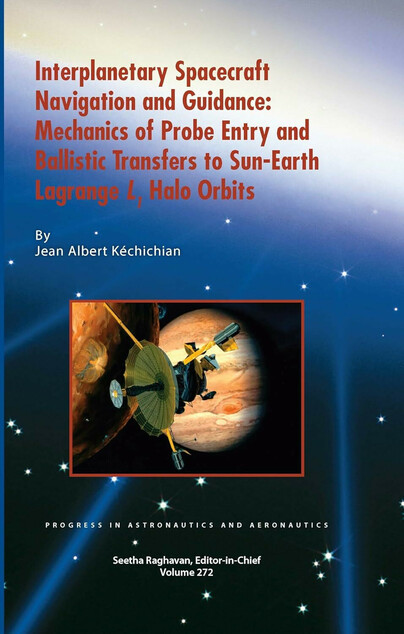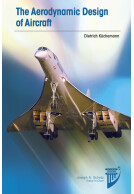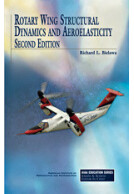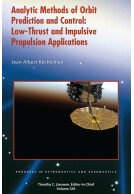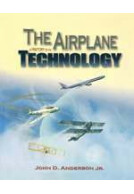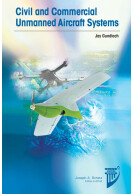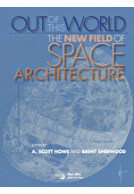Google Books previews are unavailable because you have chosen to turn off third party cookies for enhanced content. Visit our cookies page to review your cookie settings.
Interplanetary Spacecraft Navigation and Guidance: Mechanics of Probe Entry and Ballistic Transfers to Sun-Earth Lagrange L1 Halo Orbits (Hardback)
Imprint: American Institute of Aeronautics and Astronautics
Pages: 444
ISBN: 9781624107405
Published: 15th July 2025
Script Academic & Professional
Pages: 444
ISBN: 9781624107405
Published: 15th July 2025
Script Academic & Professional
Usually available in 6-8 weeks.
You'll be £125.00 closer to your next £10.00 credit when you purchase Interplanetary Spacecraft Navigation and Guidance: Mechanics of Probe Entry and Ballistic Transfers to Sun-Earth Lagrange L1 Halo Orbits. What's this?
+£4.99 UK Delivery or free UK delivery if order is over £40
(click here for international delivery rates)
Need a currency converter? Check XE.com for live rates
(click here for international delivery rates)
Need a currency converter? Check XE.com for live rates
Interplanetary Spacecraft Navigation and Guidance examines a vast field that was developed to enable the exploration of the Moon and planets in the solar system by increasingly sophisticated spacecraft, flying-by, landing, or orbiting the inner and outer planets and releasing probes to enter their atmosphere. The book starts with the theoretical analysis of the information content of radiometric and optical data during planetary encounters. Then, in Chapter 2, an orbit determination accuracy assessment for an asteroid flyby is carried out to show how the dominant error in the determination of the spacecraft orbit relative to the asteroid due to the latter's a priori ephemeris uncertainty is dramatically reduced by the contribution of the spacecraft-based optical data, allowing for accurate targeting and instrument pointing requirements. Chapter 3 derives analytic expressions for the sensitivity of the hyperbolic planetary flyby and probe entry parameters, such as the longitude of the entry as well as the inertial entry angle, the rotation of the line of apsides, and the time of the entry, to errors in the incoming velocity and B-plane aim vector. In Chapter 4, the mathematical description of two key computer programs used in conjunction with the JPL Orbit Determination Program (ODP) to carry out probe delivery error analyses based on simulated data schedule is exposed in great detail. The Galileo probe trajectory reconstruction accuracy analysis is shown in Chapter 5, with an extensive analysis of the sensitivity of the probe entry angle to various error sources, as well as to different combinations of radiometric data types and data coverage strategies. The second part of this book is devoted to the generation of Lagrange point L1 halo orbits, and transfers from Earth orbit to the halo orbits. Chapter 6 shows the mechanics of the three-body problem, as well as Richardson's third-order approximate analytic solution for periodic halo orbits around the Sun-Earth L1 point within the context of the circular restricted three-body problem, which is used to generate the initial guess for the initial conditions that are iterated on in an exact sense to arrive at a desired bounded periodic halo orbit. Chapter 7 shows how to compute ballistic transfer trajectories from Low Earth Orbits (LEO) to the L1 halo orbits generated in the previous chapter. Chapter 8 discusses transfer trajectories from Low Earth Orbit to a Large L1 -centered class I halo orbit in the Sun-Earth circular problem using a constrained insertion mode. In Chapter 9, the local regularization technique is applied to the more accurate restricted elliptic three-body problem in rotating coordinates, resulting in a system of ten first-order differential equations in terms of the Levi-Civita-Kustaanheimo-Stiefel regularized u-variables. The last chapter consists of an application of the regularized system of differential equations to the case in which picosatellites are released at regular intervals of time from halo and also from distant retrograde orbits to ensure that a solar surveillance zone centered on the Sun-Earth axis is always populated by these satellites for solar weather forecasting from impending solar storms.
Other titles in American Institute of Aeronautics and Astronautics...







